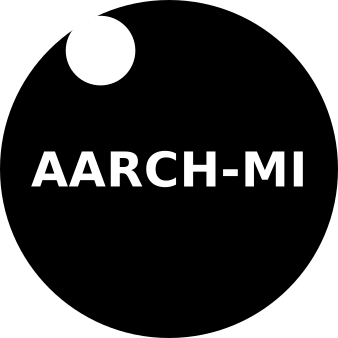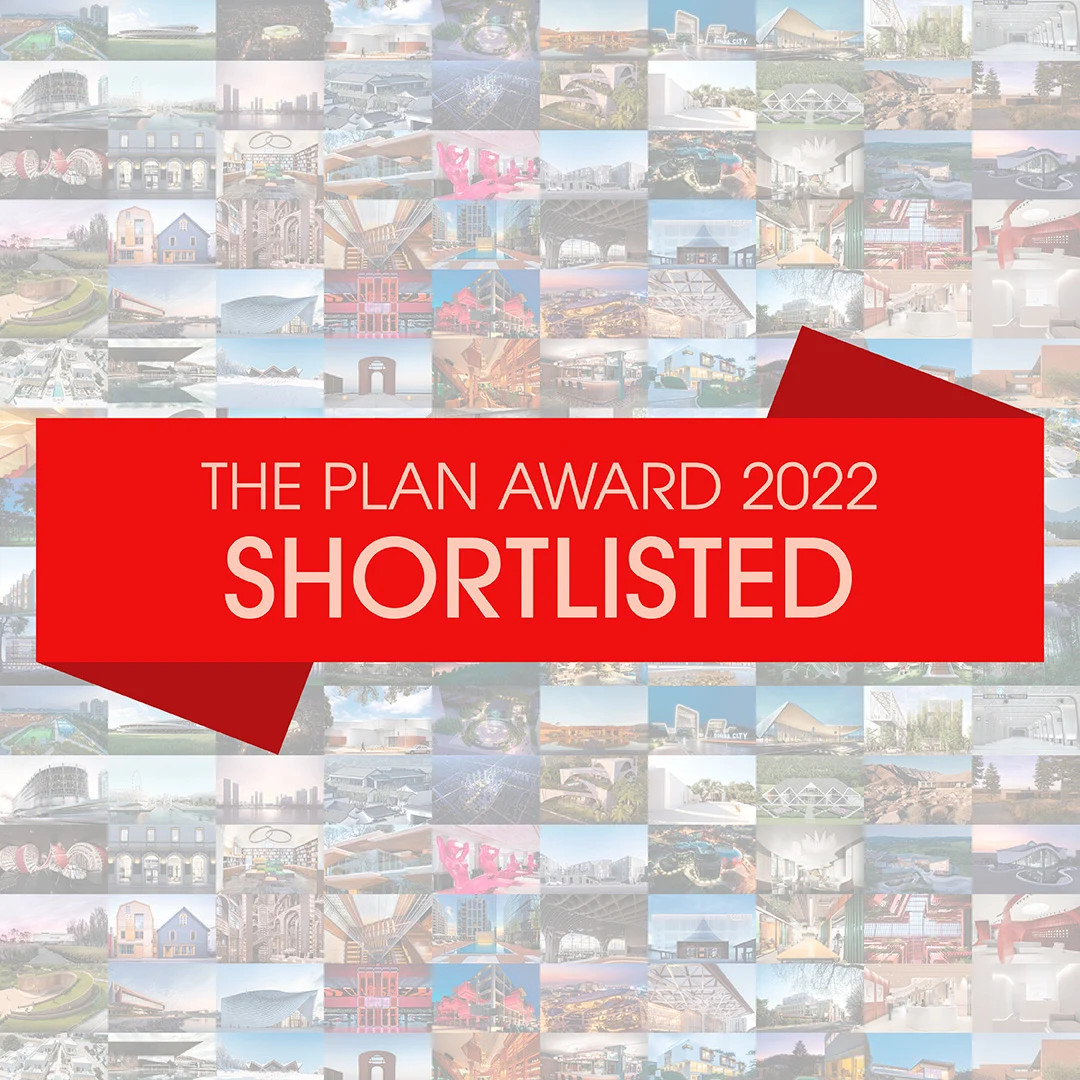Team (AARCH-MI)| Giuseppe Mazzeo (chief architect), Ilke Cetin (team manager), Sophio Paksashvili (designer), Alice Pozzoli, Serra Gokkaya
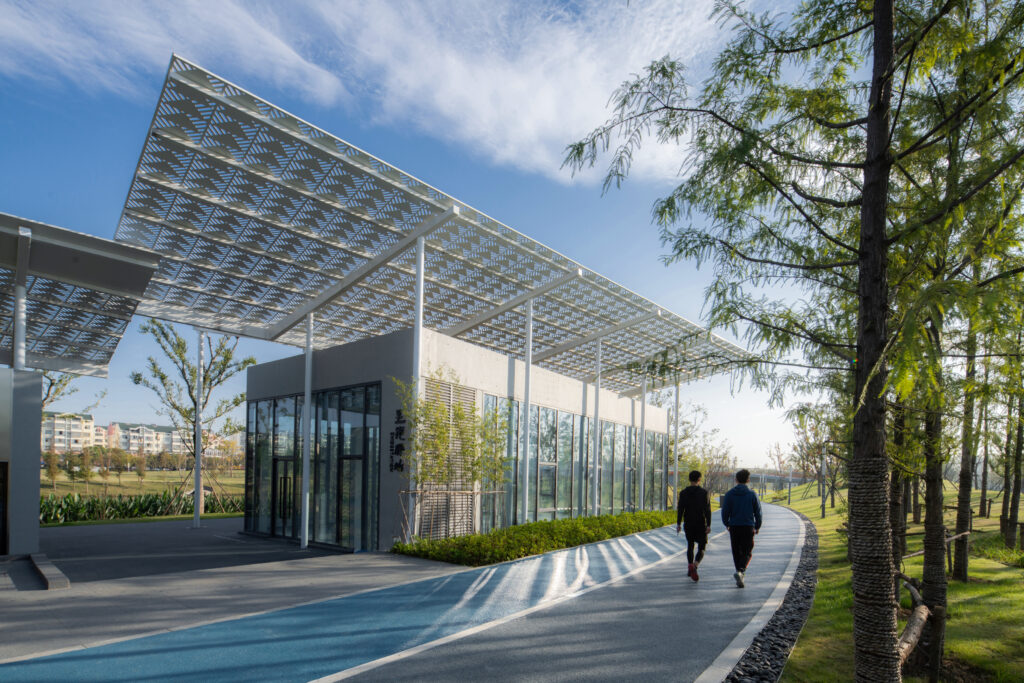
Selezionato per il “The Plan Award 2022“
Shortlisted for the “The Plan Award 2022“
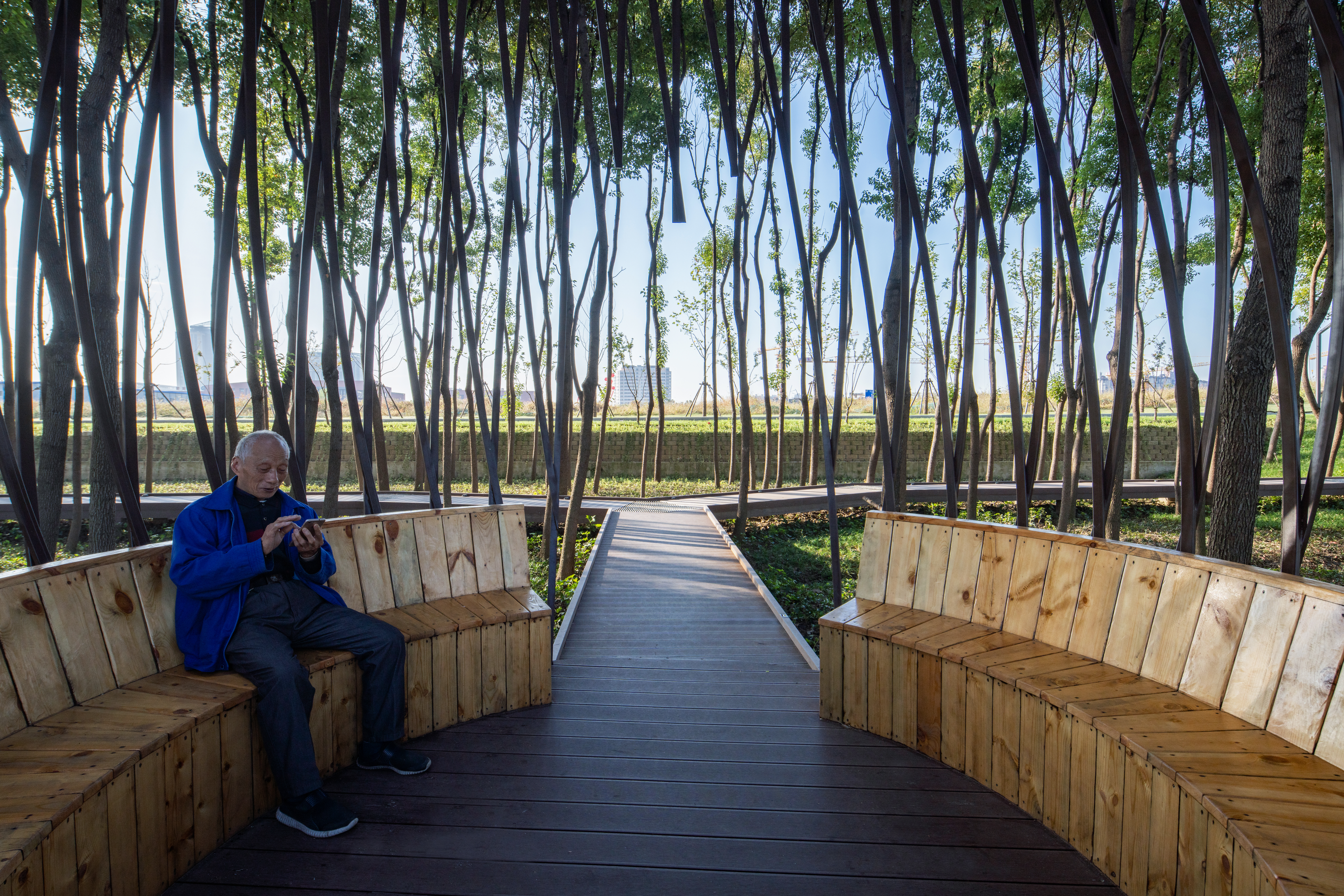
Il progetto riguarda l’area del Badu Canal a Wuxi, in Cina. Il Badu Canal è un canale di media scala originariamente costruito per fornire l’irrigazione per l’agricoltura. L’industrializzazione e la progressiva urbanizzazione dell’area ne ha purtroppo decretato il progressivo disuso ed abbandono.
La sfida che questo progetto ha accettato è stata quella di costruire un nuovo assetto che offrisse alla comunità un luogo nuovo, tanto memore della storia e del patrimonio culturale del canale quanto in grado di prospettarne nuovi usi per stili di vita contemporanei.
The project concerns the Badu Canal area in Wuxi, China. The Badu Canal is a medium-scale canal originally built to provide irrigation for agriculture. The industrialization and progressive urbanization of the area has unfortunately decreed its progressive disuse and abandonment.
The challenge that this project accepted was to build a new structure that offered the community a new place, as much mindful of the history and cultural heritage of the canal as it was able to envisage new uses for contemporary lifestyles.
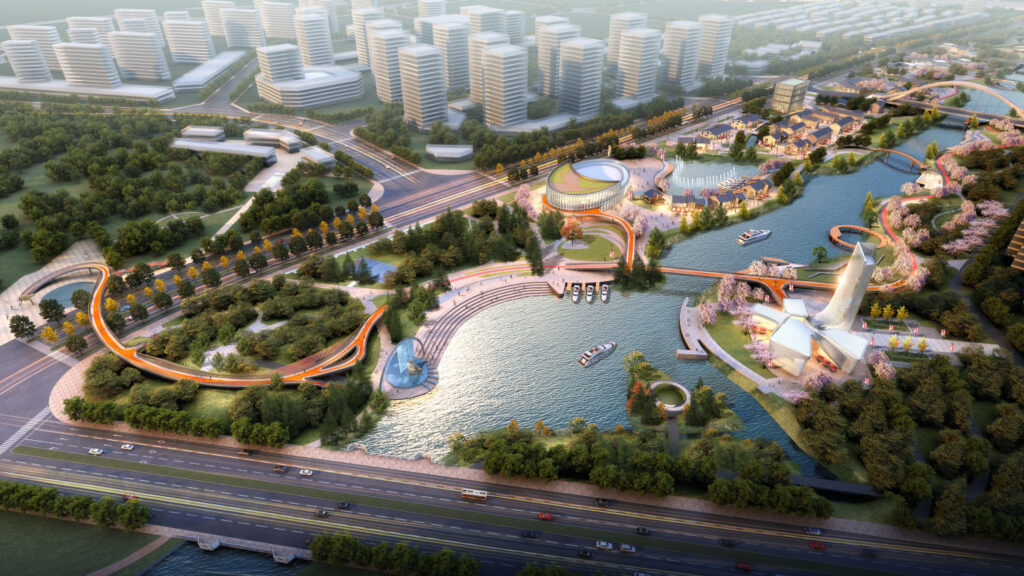
Il masterplan vede l’intero canale come una linea sulla quale scorrono rimandi alla storia ed alla cultura del luogo. Lungo la riva meridionale trovano spazio attrezzature per l’uso e il divertimento della comunità lenta, mentre la sponda nord è più attiva con numerosi centri commerciali e culturali e piccoli porti. Il piano è ancorato da tre tratti di canale complementari.
The masterplan sees the entire canal as a memory line of ancient times. Along this length the south side of the canal is gentler and relaxed for slow community use and enjoyment while the north bank is more active with several commercial and cultural hubs and small harbors. The plan is anchored by three complementary canal stretches.
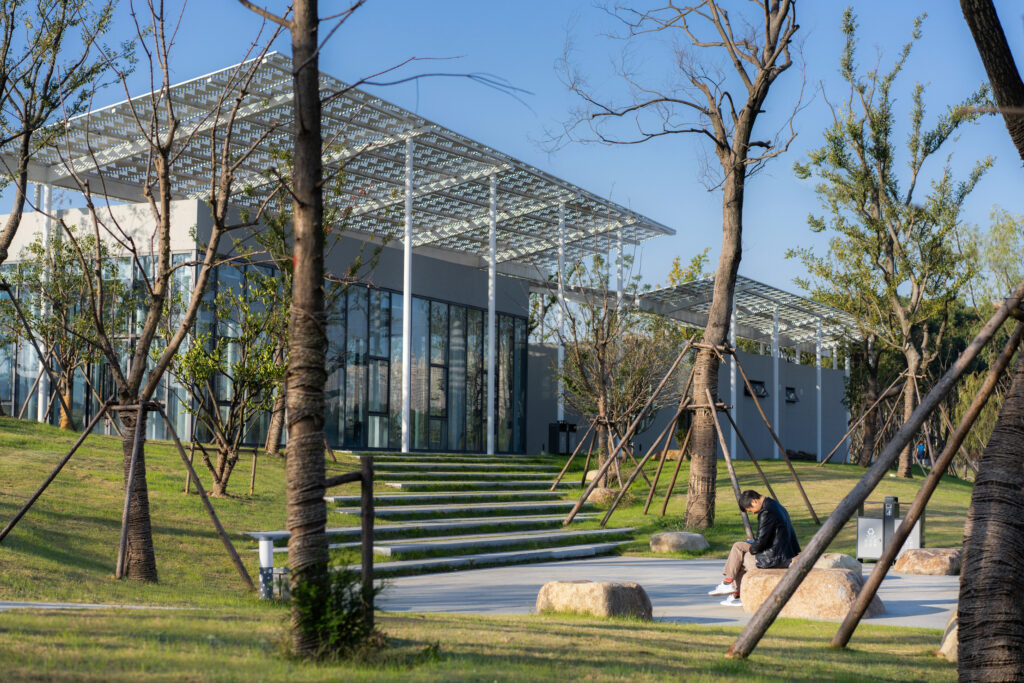
Abbiamo organizzato il masterplan individuando una relazione binaria tra le due sponde caratterizzando per la riva meridionale come quella più tranquilla e rilassata, per l’uso e il divertimento della comunità, mentre la sponda nord come quella più attiva, con numerosi centri commerciali e culturali e piccoli porti.
I primi lavori di attuazione sono iniziati nel 2019 e si sono concentrati sull’attuazione degli obiettivi primari del masterplan, focalizzandosi sulla realizzazione di interventi in grado di:
– Fornire l’accesso ai cittadini locali
– Creazione di una serie di padiglioni paesaggistici giocosi e diversificati
– Consentire un accesso migliore e controllato al canale stesso
We organized the masterplan by identifying a binary relationship between the two shores, characterizing the southern bank as the most peaceful and relaxed one, for the use and entertainment of the community, while the northern bank as the most active one, with numerous commercial and cultural centers and small ports.
The first implementation works began in 2019 and focused on the implementation of the primary objectives of the masterplan, focusing on the implementation of interventions capable of:
– Providing access to local citizens
– Creation of a series of playful and diverse landscape pavilions
– Allow better and controlled access to the channel itself
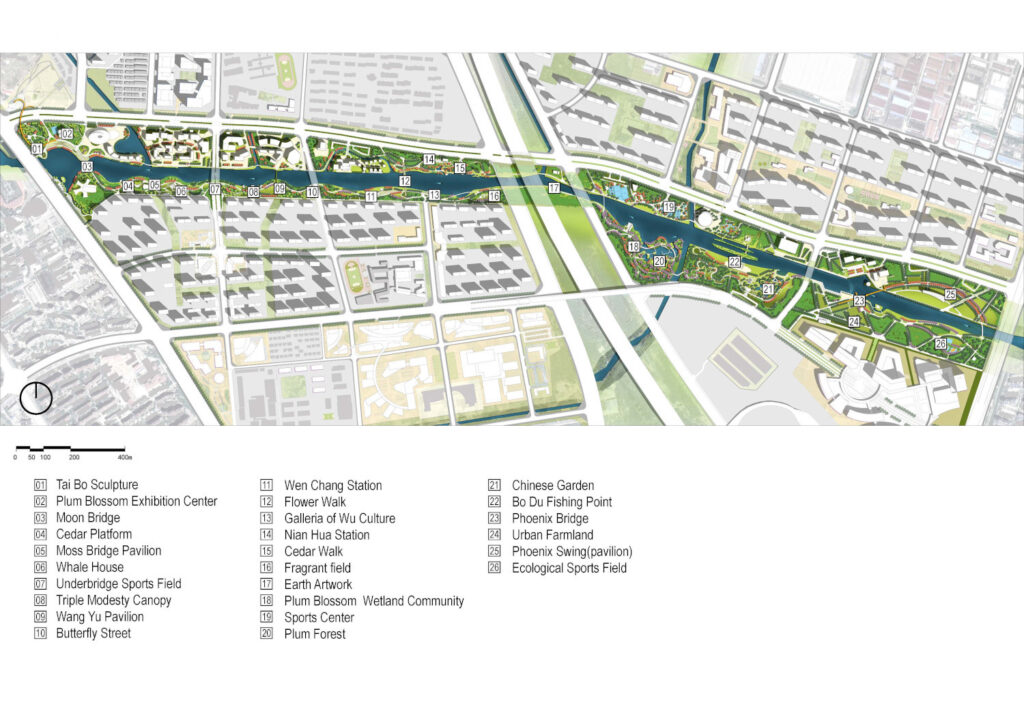
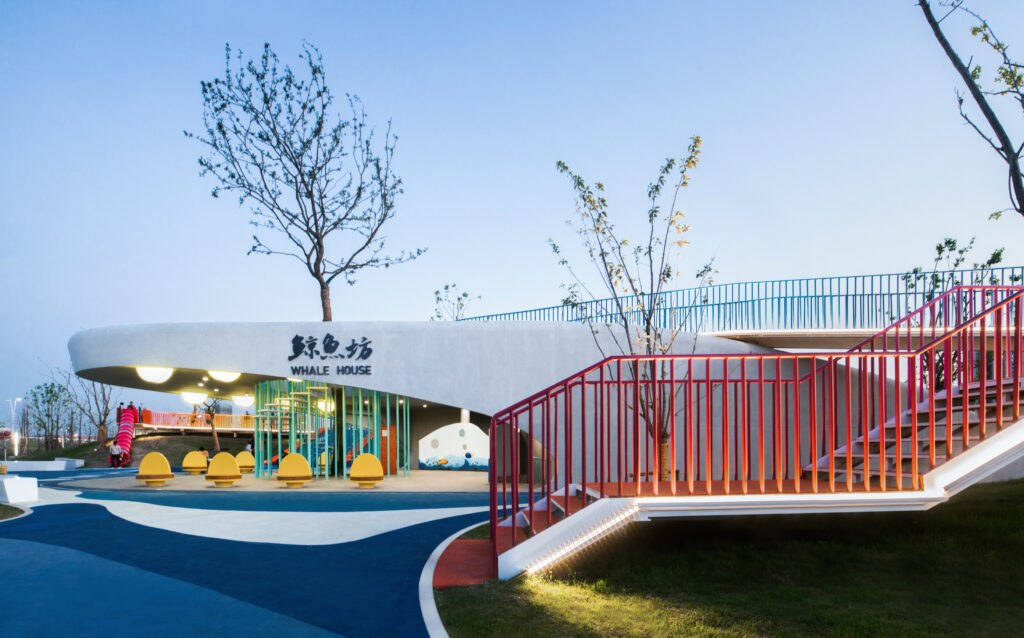
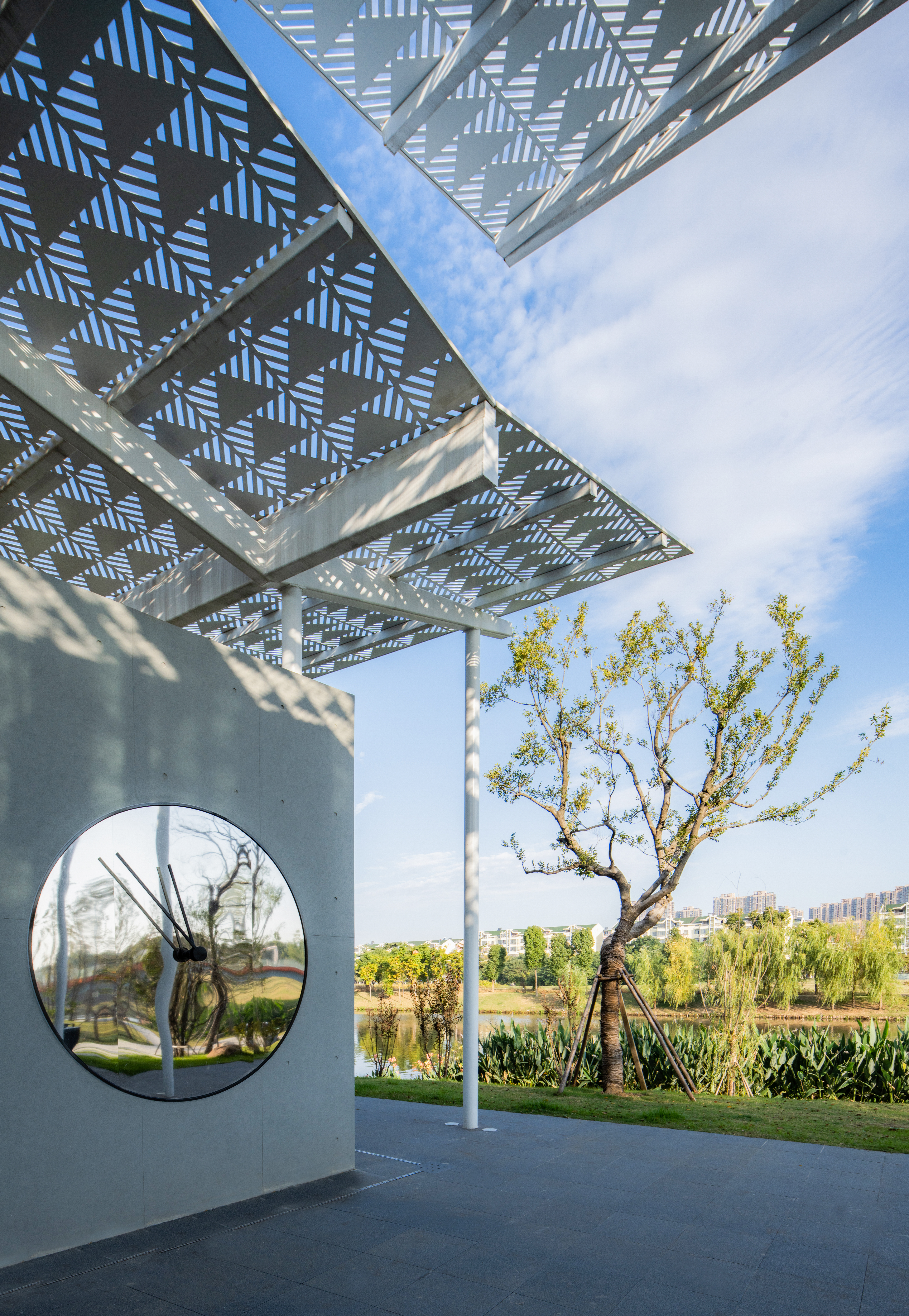


Questo progetto è risultato vincitore del Concorso per il Masterplan del Bodu Canal. AARCH-MI ha contribuito quale partner architettonico alla redazione del progetto su invito dello studio EADG (Earth Asia Design Group) che ha redatto l’intero masterplan.
This project was the winner of the Bodu Canal Masterplan Competition. AARCH-MI contributed as an architectural partner to the drafting of the project at the invitation of the EADG (Earth Asia Design Group) studio, which drafted the entire masterplan.
